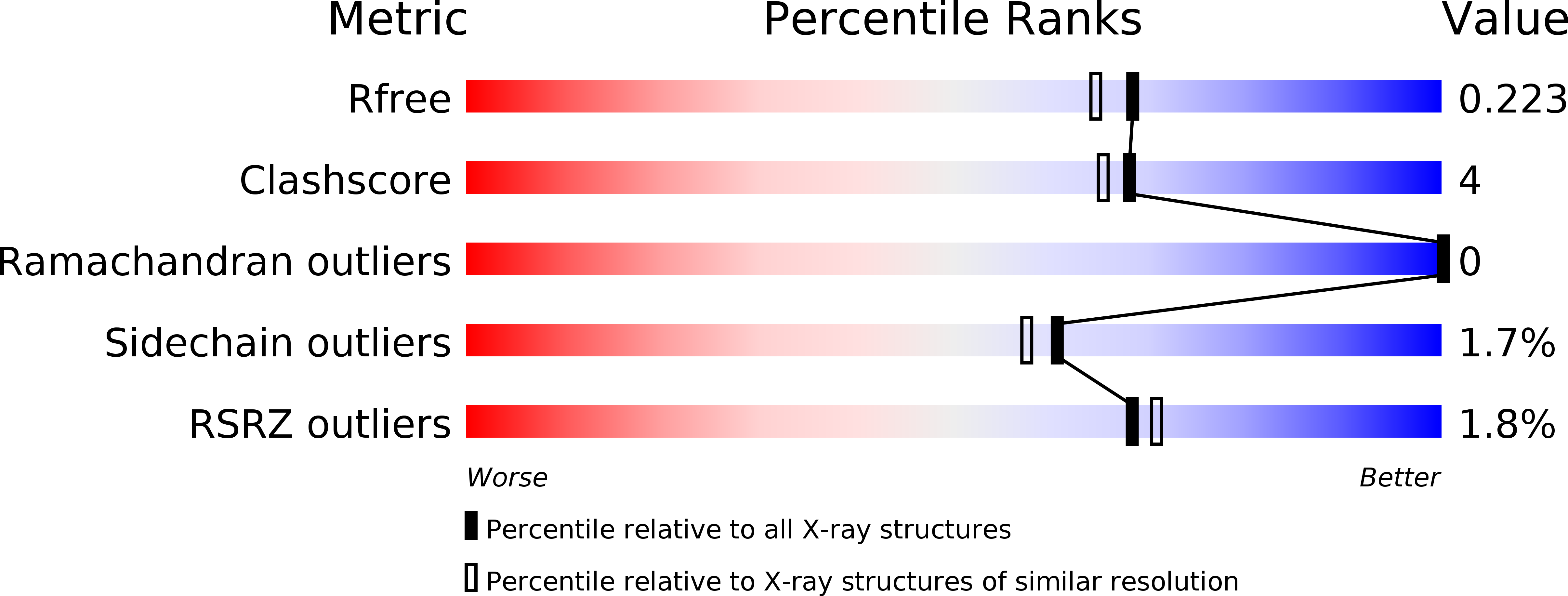
Deposition Date
2017-10-10
Release Date
2017-12-06
Last Version Date
2023-10-04
Method Details:
Experimental Method:
Resolution:
1.90 Å
R-Value Free:
0.22
R-Value Work:
0.17
R-Value Observed:
0.17
Space Group:
P 21 21 21


